1,570 days, 2,406 entries ...
Newsticker, link list, time machine: HOLO.mg/stream logs emerging trajectories in art, science, technology, and culture––every day
Spanish software engineer Inigo Quilez launches Human Shader, a web-project that aims to crowd-source the creation of “the first-ever brain-powered mathematical image.” Participants are invited to claim a random pixel, hand-compute its RGB values, and submit the results along with a photo of their pen-and-paper calculations. As a veteran demoscener, Quilez is no stranger to computer graphics wizardry: he’s behind the Shadertoy platform, the Quill VR painting tool, and Pixar’s Wonder Moss generator.
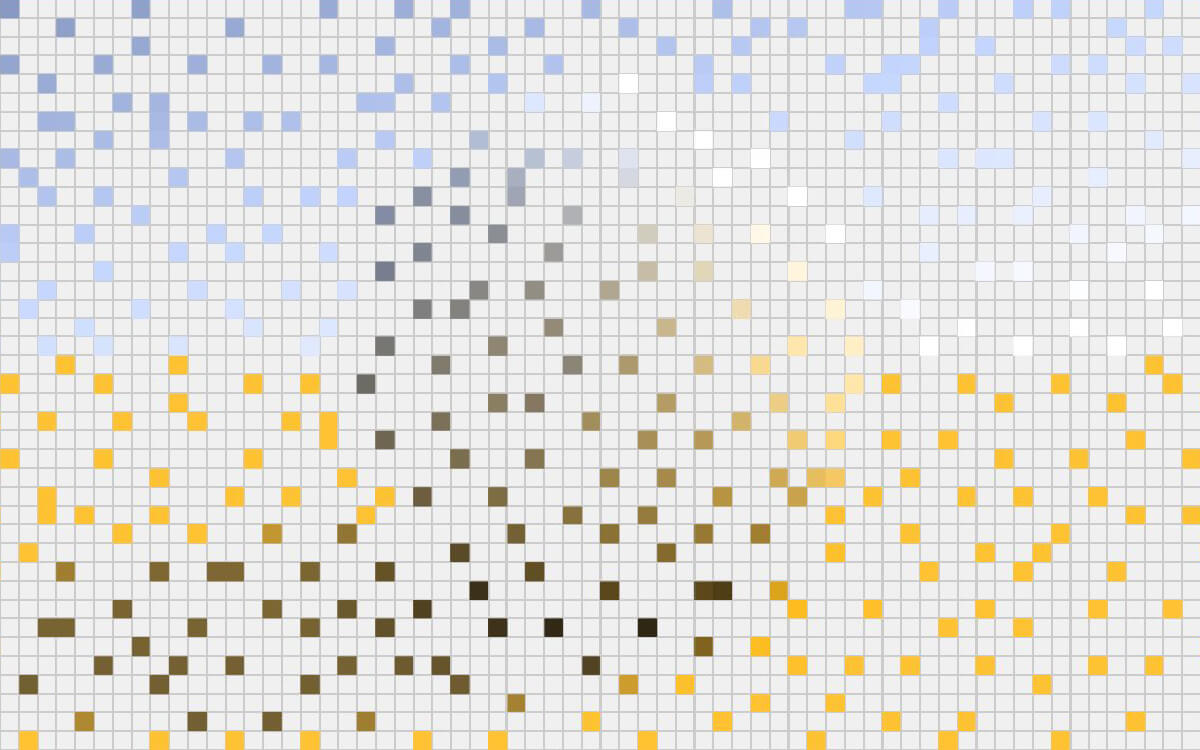
Journalist Steffan Powell reflects on Helsinki’s dominance in mobile gaming, citing the demoscene as a key catalyst. Before Angry Birds Nokia put the city on the map, Powell writes, tracing local tech aptitude to 1990s and ’00s—still burgeoning—demoparty culture that fuelled domestic creation (image: CNCD, Closer, 1995) and attracted programmers from afar. The demoscene nurtured a culture of doing more with less, or as quoted executive Sarita Runeberg puts it: “Finns have been tech geeks since forever!”
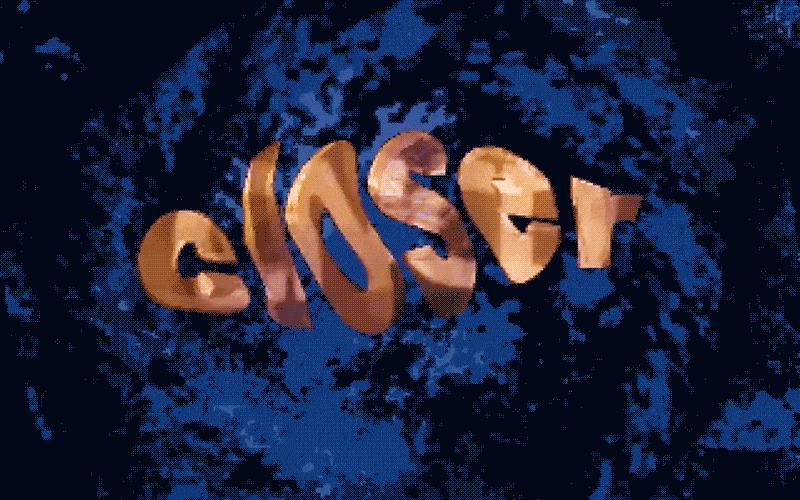
In a blog post, Swedish programmer and hobby media archaeologist Carl Svensson revisits “the colourful charm of Amiga utility disks.” Compiled by demosceners to circulate self-made and (cracked) commercial tools in the late 1980s and early 90s, these bootable software packs came in eccentric flavours—from hacked system interfaces featuring ASCII art to rich, audiovisual presentations. “If you wanted to make a demo, you’d be all set with just a handful of these disks,” concludes Svensson.
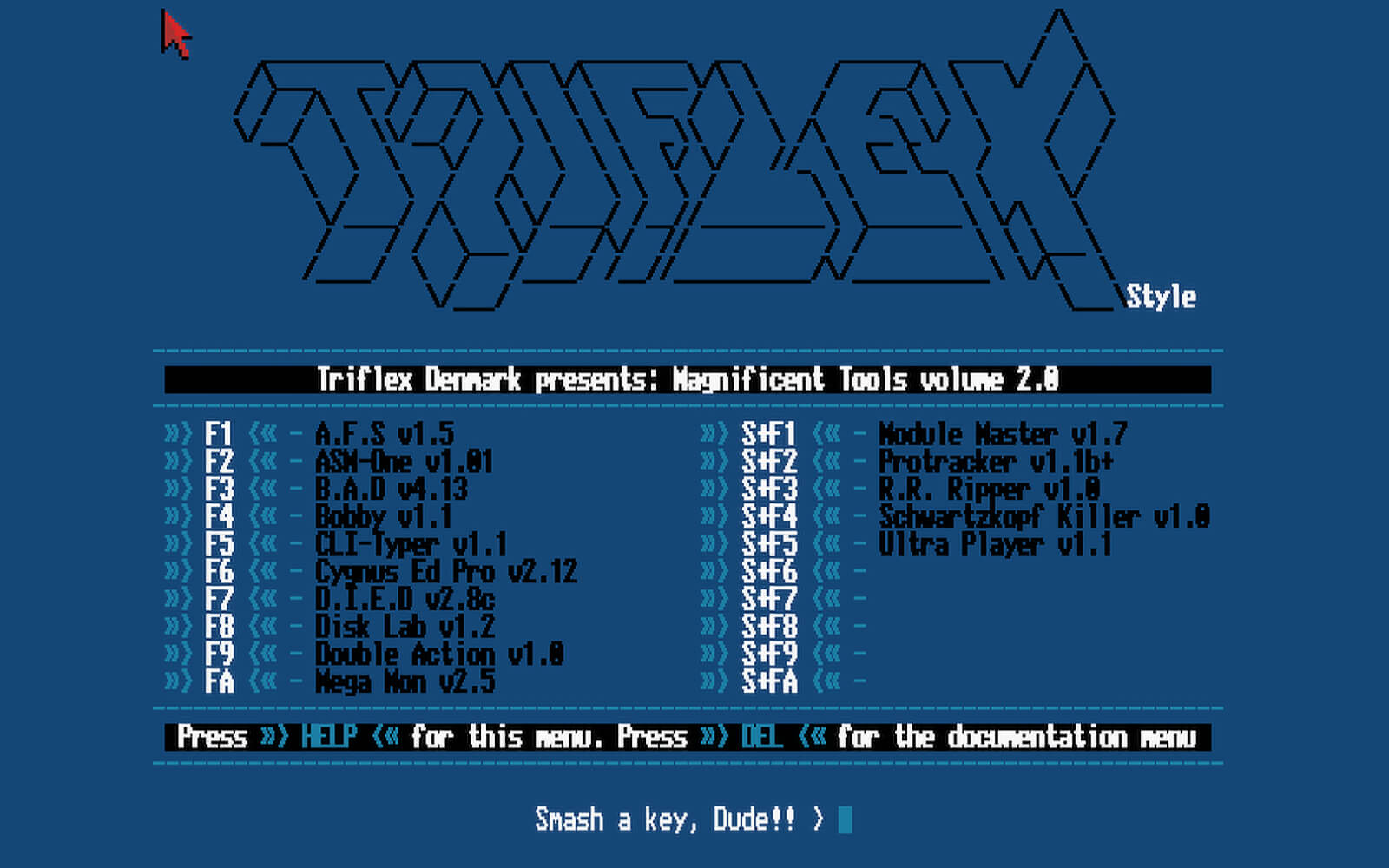
Pushing the vintage tv text and graphics standard into overdrive, 420 Years of Teletext is released at the Evoke demoparty in Cologne. Coder Losso managed to software-generate a teletext signal from a Raspberry Pi that, hooked up to an old-fashioned CRT television set, uses hardware exploits for nifty frame-buffering tricks (more on GitHub). The result: a zany teletext origin story featuring smooth animations, pixel graphics, demoscene in-jokes, and a rocking chiptune track.
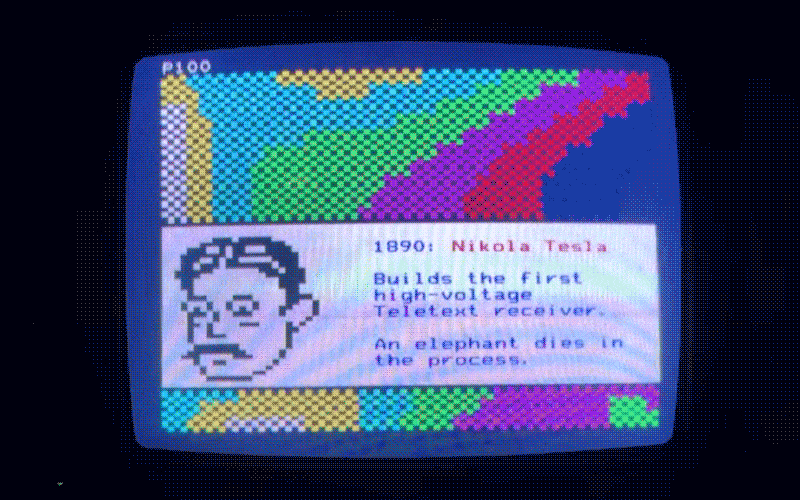
Demosceners celebrate the 30th anniversary of the inaugural edition of The Party, a landmark meetup of ~1,200 young computer enthusiasts in Aars, Denmark, that would inspire similar creative gatherings—demoparties—across Europe for years to come. The three-day jam saw the release of many 16-bit classics such as Hardwired, Odyssey, and Voyage, and, expanding into rave and videogame culture in subsequent years, would draw up to 5,000 annual visitors before its demise in 2002.
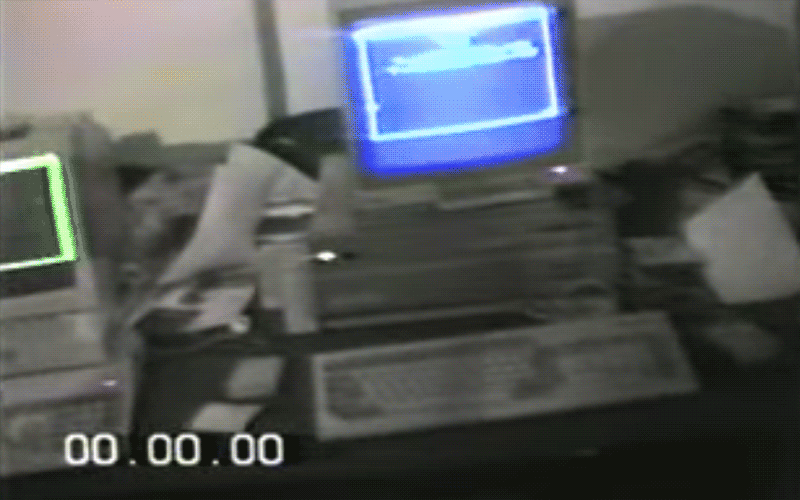
In wiring a vintage Commodore 1541 floppy drive directly to a CRT monitor, German software engineer and demoscener Matthias Kramm releases Freespin, “a C64 demo … without the C64,” at Gubbdata, Sweden. Working wonders with the drive’s I/O chips and a hacked serial cable, Kramm sets 16 visual effects including scrollers, plasma, and raster bars to beats generated by the drive’s stepper motor. A C64 is only used to install code on the 1541, explains Kramm in the demonstration video—“I’ll now remove it because it is not needed anymore.”
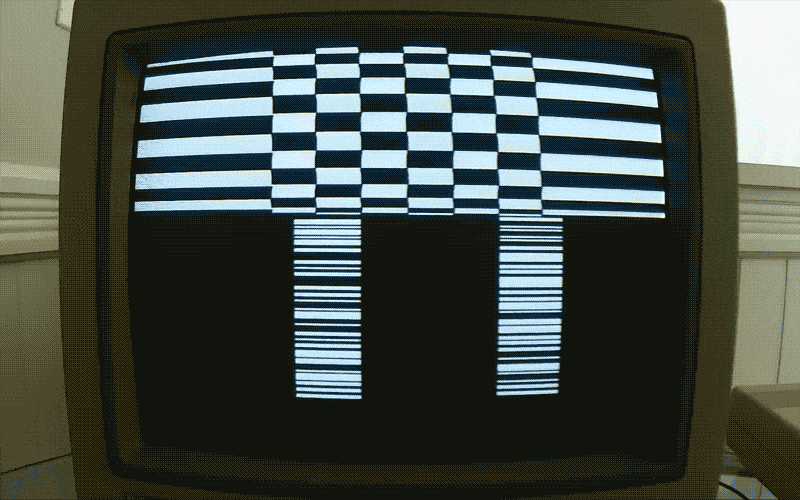
At the recommendation of the UNESCO’s National Commission, Germany declares the Demoscene a cultural heritage. The decision acknowledges the country’s long tradition as one of the niche computer culture’s hotspots, where, for decades, international gatherings (so-called demoparties) have brought together programmers, artists, and musicians for eccentric creative coding competitions. “Most forms of digital culture are short-lived,” states Tobias Kopka of Digitale Kultur. “Active for over 30 years, the Demoscene is alive and well.”
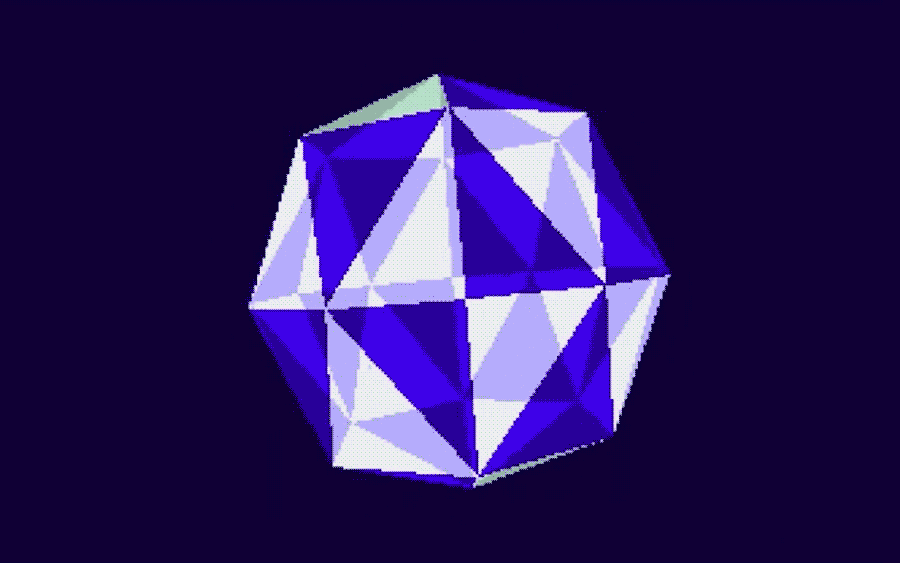
Software engineer and electronics hacker Ian Hanschen shares his vast bitmap font collection that he pulled from various demoscene archives over the years. The catalog includes hundreds of glorious pixel letterform sheets created on the Commodore 64, Atari, and Amiga home computers in the late 1980s and early ’90s. “I don’t remember where much of this collection came from,” Hanschen writes about the missing metadata. “I just thought after finding a few of these [archives] had died that I should make it available.”
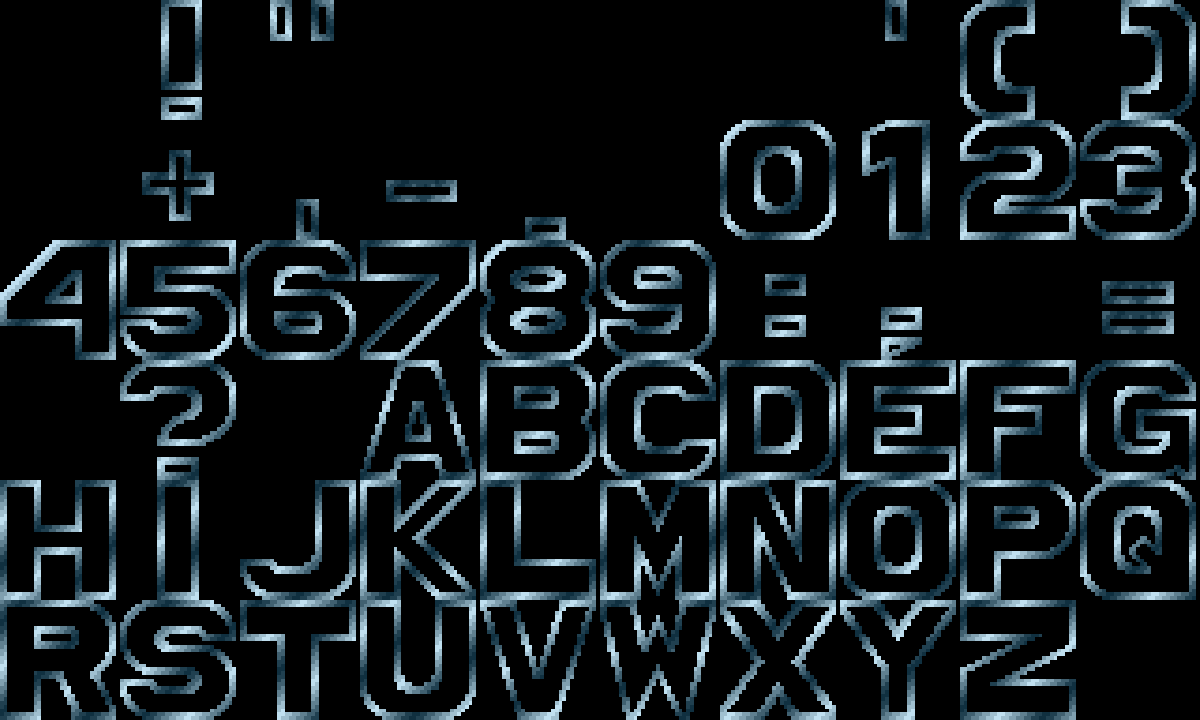
Daily discoveries at the nexus of art, science, technology, and culture: Get full access by becoming a HOLO Reader!
- Perspective: research, long-form analysis, and critical commentary
- Encounters: in-depth artist profiles and studio visits of pioneers and key innovators
- Stream: a timeline and news archive with 1,200+ entries and counting
- Edition: HOLO’s annual collector’s edition that captures the calendar year in print
